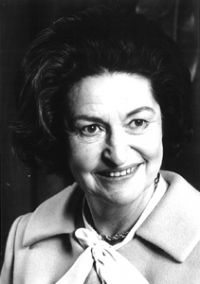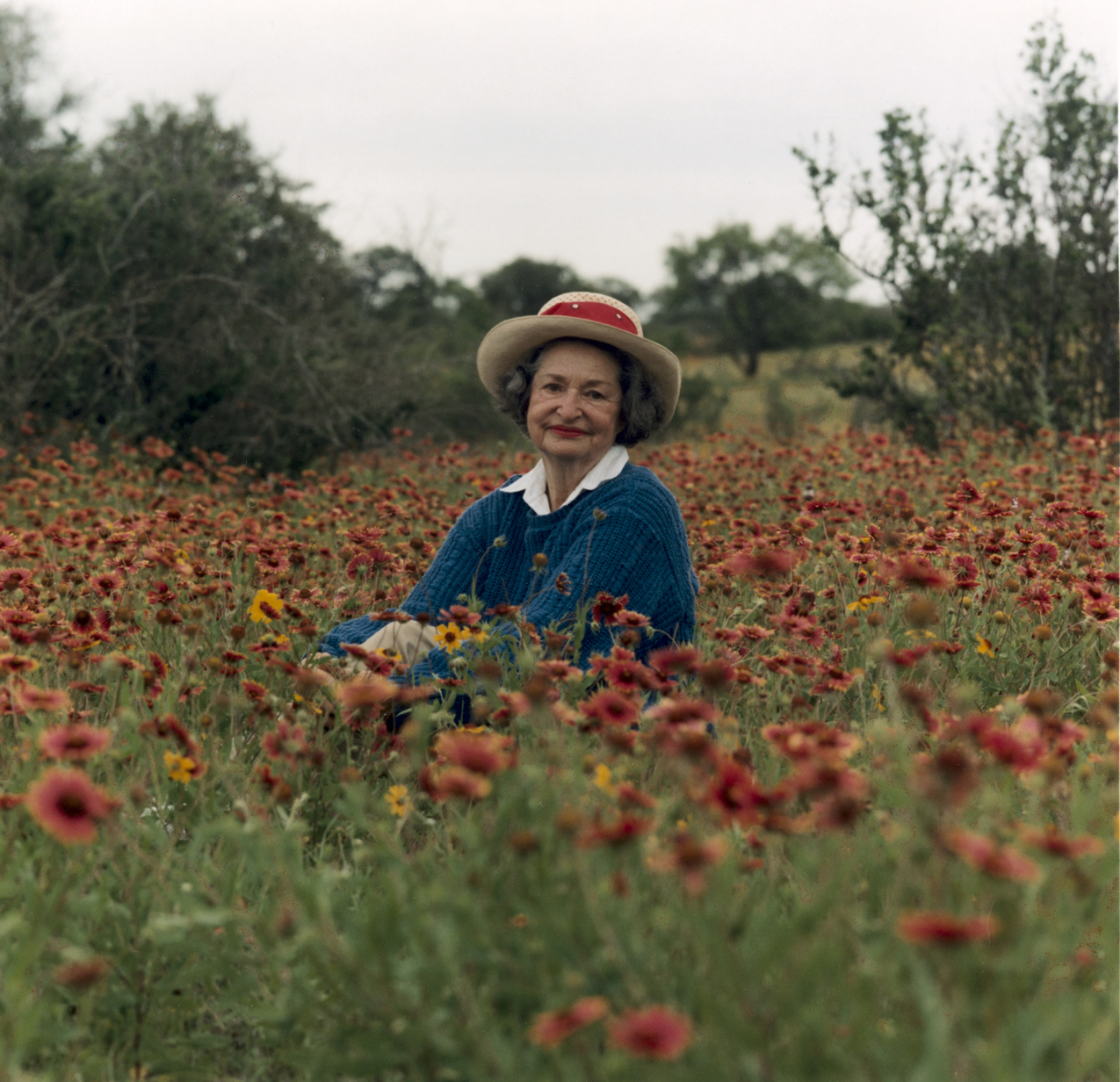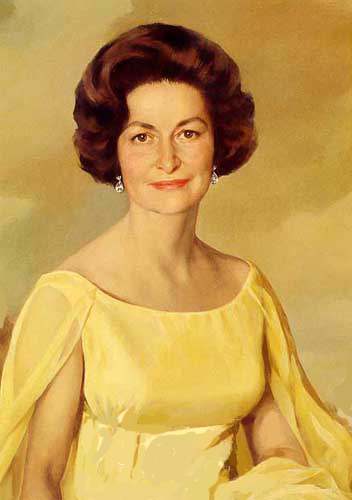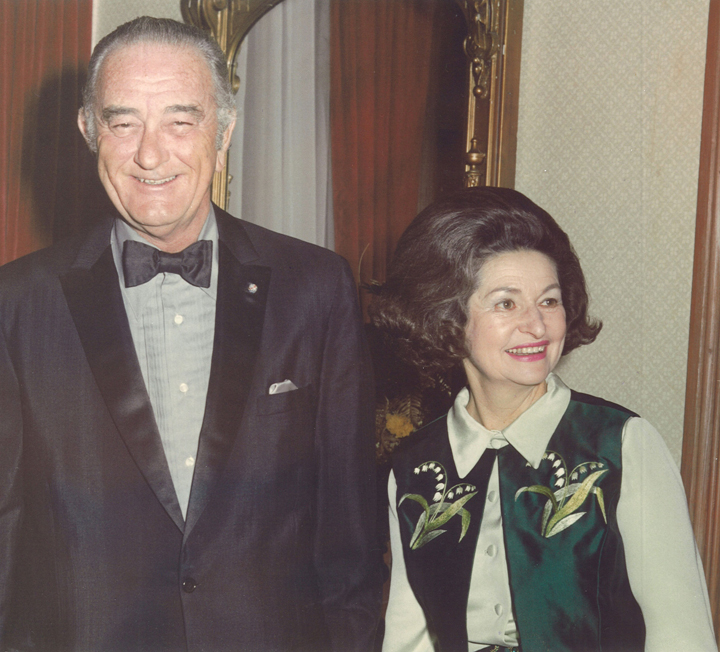Profile Photo

Claudia Taylor Johnson (Mrs. Lyndon B.)
Hometown
Stonewall
Appointed by
Governor Smith
Term
-
Occupation
Former U.S. First Lady
Media Executive
Date of Passing
July 11, 2007
U. T. Institution(s) Attended
U.T. Austin
Notes
Bibliography of works by Claudia Taylor Johnson
- A White House Diary [by] Lady Bird Johnson. New York: Holt, Rinehart and Winston, 1970.




